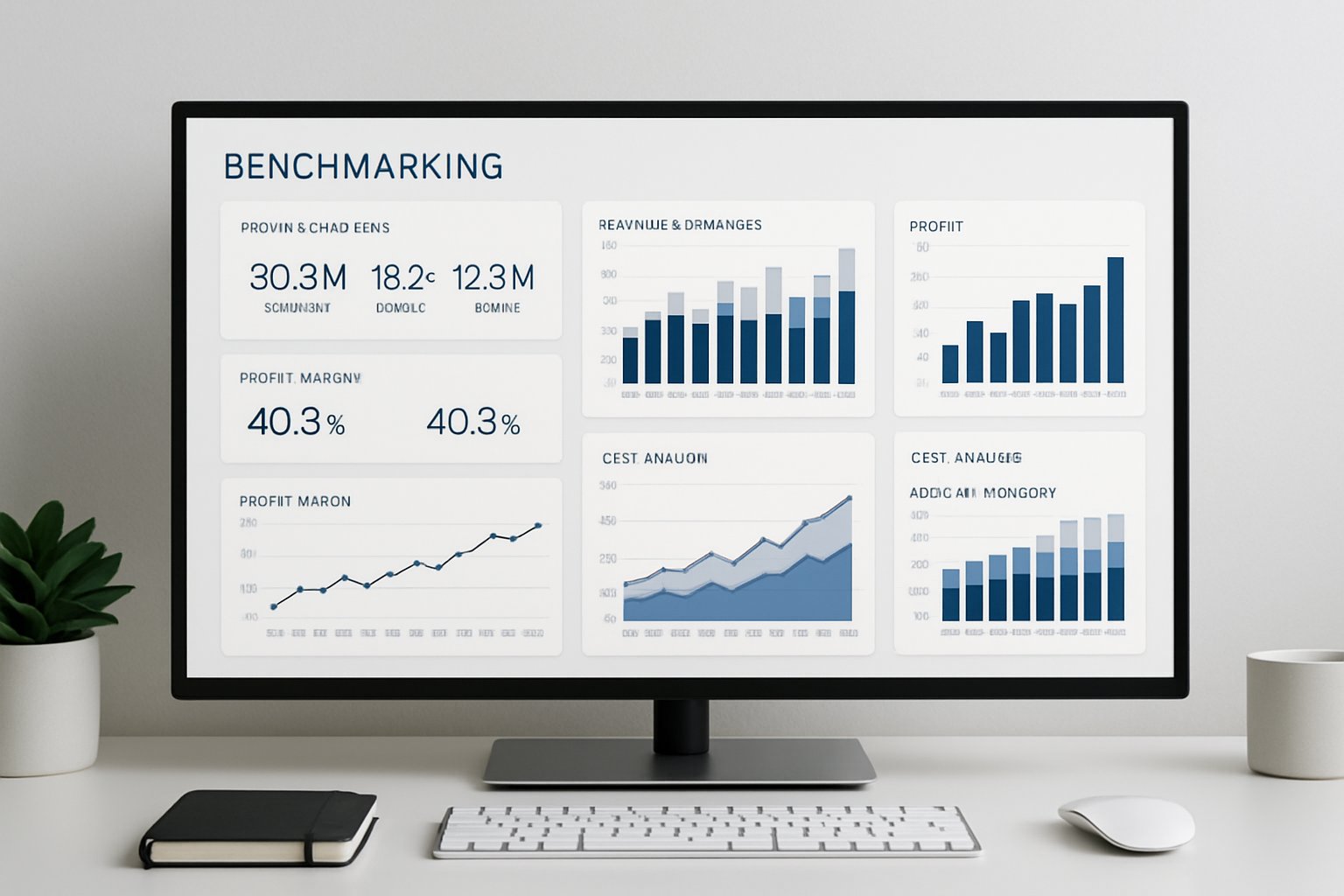
AI CERTS
4 hours ago
HAL Upgrades Benchmarking Infrastructure With Cost-Aware Results
HAL’s creators describe the project as critical benchmarking infrastructure for the agent era. Their paper details 2.5 billion logged tokens and $40,000 of experiments. Moreover, live dashboards already exceed 25,000 completed runs. These numbers illustrate both ambition and immediate industry relevance.

Rethinking Agent Evaluation Strategies
Traditional single-metric leaderboards hide real costs and frequent failure modes. In contrast, HAL reports money spent alongside accuracy. Furthermore, its design splits models, scaffolds, and benchmarks into orthogonal axes. That separation surfaces surprising interactions that would stay invisible otherwise.
Developers also praise HAL’s weeks-to-hours evaluation reduction. Parallel experiments once blocked entire sprints. Now, simultaneous executions finish before lunch. Consequently, research cycles accelerate dramatically.
These conceptual upgrades reshape expectations. Nevertheless, understanding the concrete feature set provides deeper insight.
Core Benchmarking Infrastructure Features
The harness defines a tiny run() API, making agent swaps trivial. Additionally, built-in logging captures every model call for later audit. HAL integrates parallel VM orchestration that auto-provisions Azure instances, streams logs, and tears resources down safely.
Such automation drives another round of weeks-to-hours evaluation reduction. Teams once waited days for spot capacity. Meanwhile, orchestrated bursts finish 100 benchmarks before quotas bite.
Rigorous implementation bug elimination further boosts trust. The Docent pipeline flags shortcuts, payment misuse, and scaffold errors. Therefore, silent failures surface early instead of poisoning metrics.
Key functionality includes:
- Encrypted trace export for safe third-party review
- CLI tools for local, Docker, and cloud execution
- Seamless uploads to Hugging Face for reproducibility
- Weave dashboards showing live cost consumption
These features make the benchmarking infrastructure accessible yet rigorous. Consequently, adoption barriers shrink.
Feature depth matters, yet scale validates ambition. The next section quantifies that reach.
Scale And Cost Findings
The validation study recorded 730 agent rollouts across nine benchmarks per model, repeated many times. Altogether, researchers logged 21,730 runs, though the live counter now grows hourly.
Notably, the team executed 21 distinct benchmark suites, reinforcing coverage breadth. Moreover, they performed another tranche of 730 agent rollouts to sanity-check cost profiles under discounted pricing.
Wired highlighted striking contrasts. GPT-5 finished a scientific reproduction task for $30, while Anthropic Opus cost $400 yet scored only 1 % higher. Consequently, users finally weigh hard trade-offs instead of marketing claims.
Further numbers underline momentum:
- 2.5 billion tokens logged
- $40,000 spent in launch study
- Another 21 benchmarks queued for integration
- Four rounds of implementation bug elimination executed weekly
- Live site now shows a third batch of 730 agent rollouts
These metrics prove scale while demystifying costs. However, benefits extend beyond numbers.
Operational Benefits For Teams
Time savings headline the story. The combined effect of weeks-to-hours evaluation reduction and parallel VM orchestration keeps staff focused on research, not DevOps. Additionally, shared dashboards support cross-functional alignment between data, safety, and finance groups.
HAL also simplifies compliance. Full traces enable auditors to reproduce actions exactly. Meanwhile, automated reports document every change, supporting implementation bug elimination at the pull-request level.
Skill growth is another perk. Professionals can enhance their expertise with the AI Quality Assurance™ certification. Consequently, teams pair tooling with recognized competency frameworks.
These advantages translate into faster releases and fewer surprises. Nevertheless, leaders must remain aware of constraints.
Limitations And Open Questions
Cloud spending remains a hurdle. Although parallel VM orchestration trims idle time, API usage still costs real money. Smaller labs may struggle despite vouchers.
Benchmark contamination poses another risk. Encrypted traces help, yet determined actors could abuse information. Furthermore, the paper’s 21,730 runs differ from live counters, raising versioning questions.
Finally, four repetitions of 730 agent rollouts cannot capture every edge case. Broader domains and adversarial tasks need coverage.
These caveats encourage ongoing vigilance. However, practical adoption continues rising.
Getting Started With HAL
Setup demands only three commands. First, clone the repository. Next, provision credentials. Finally, launch evaluations with hal-eval. Tutorials showcase weeks-to-hours evaluation reduction in action.
Experts suggest beginning with a single benchmark and scaling to 730 agent rollouts once pipelines stabilize. Moreover, referencing 21 official examples accelerates onboarding.
Subsequently, teams should enable implementation bug elimination checks and activate parallel VM orchestration for production runs.
Getting started requires modest effort, yet the payoff is significant. Therefore, momentum around this benchmarking infrastructure appears durable.
The journey from idea to routine adoption now feels tangible. Consequently, organizations can evaluate agents with unprecedented clarity.



